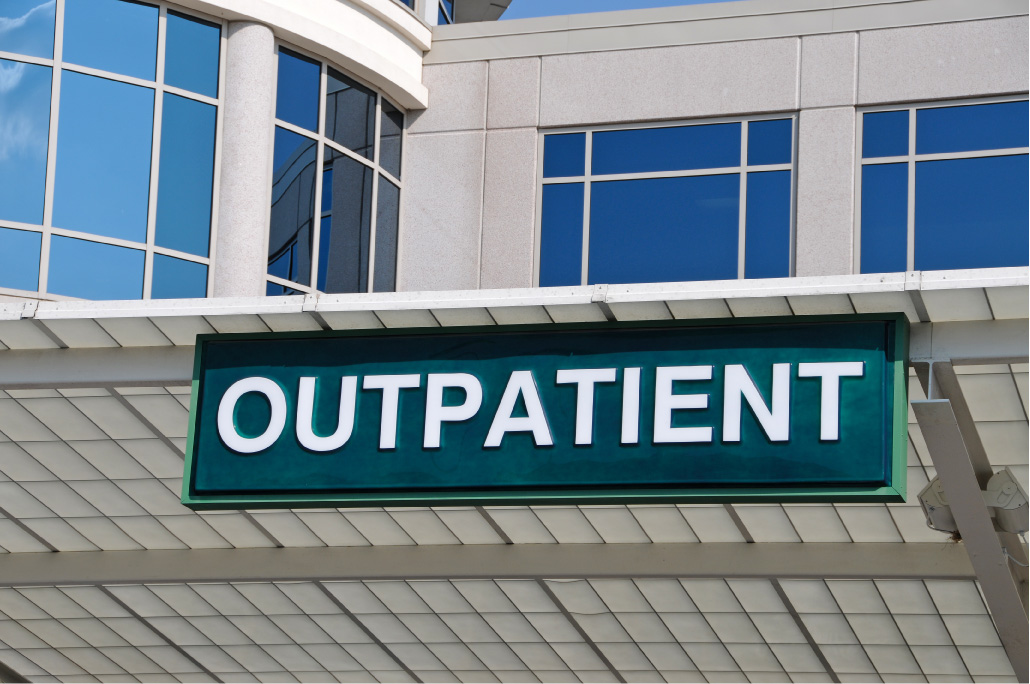Gradually moving up the ASC job ladder provided me with opportunities to learn a great many things. One of the most significant lessons arose not long after I moved into a management position.
As a nurse, my focus was on delivering the best care possible to every patient that crossed my path. When we delivered great outcomes, I felt successful. Because there were always patients for me to care for, I assumed the ASCs I worked in were also successful businesses.
My outlook changed when I became a manager. My effectiveness as a manager requires focusing on the bigger picture. A significant part of that picture still includes the delivery of safe, compliant care. However, another sizable part involves the financial side of running an ASC. I felt very comfortable with the former and completely unprepared for the latter.
In a clinical position with no management duties, I didn’t stop to consider the ASC business. I didn’t know the reimbursement we receive for a case covers everything we do for patients, from the moment they walk in the door until they go home. It also covers the ASC’s expenses, including our surgical supplies, utilities, rent, and, of course, salaries. I did not receive any relevant ASC business education until I assumed a management position.
Receiving an ASC business education changed my perspective on the delivery of care. Now, every time I see an unused towel or suture in the trash, I equate it to money – money that could go toward better equipment, new technology, and pay raises. I quickly surmised conveying some ASC business education basics to my clinical staff would likely go a long way toward cutting our costs.
Here are some of the ways I approach providing ASC business education to clinical staff.
Allocate time. During our monthly staff meetings, I commit time to discuss our business. I gauge what staff members do and do not understand. I provide clarification when they have specific questions. Once a quarter, I dedicate most of a meeting to ASC business education. This allows me to dive more deeply into specific topics. Since much of what I cover is new, I spread out education to avoid overwhelming staff. I want to teach, not scare them.
Keep it simple. Clinical staff don’t need to know every little detail about the ASC business. When I explain concepts like reimbursement, inventory management, just-in-time ordering, and case costing, I take a “101” rather than a “301” approach. I define concepts using basic terms and outline how they affect the ASC’s bottom line. I focus on how improvements in our ASC business performance benefit patients, staff, and facility.
Break down costs. Sometimes providing a little data can help drive a point home. Our ASC uses Project C.U.R.E. bins to gather medical supplies and equipment for donation. Staff discard unused items from surgical packs into these bins. After these bins fill up, I take pictures of the items inside and put a cost to them. I show these pictures and share the financial breakdown with staff. I also share data comparing the cost of “red” medical waste versus regular waste and disposable versus reusable supplies. Talk about eye-opening experiences!
Challenge staff. Once staff gain a better appreciation of waste costs, we attack our surgical packs. I ask staff to look at the packs to determine what is actually needed in them. At times, staff indicate rarely used items are included in the pack per physician request. In these instances, I speak with the physician. We typically remove the item from the pack but make sure it is available in the room during surgery. That’s a win-win!
New isn’t always necessary. On one occasion, an influx of non-ambulatory nurses joined our ASC. The facility they previously worked in purchased everything new. I educated them about refurbished equipment. I emphasized our use of this equipment did not jeopardize the delivery of high-quality care they were used to providing but did save us money.
Focus on safety. When speaking about cutting costs with your clinical staff, expect some looks of concern. Staff may translate “cutting costs” to mean “cutting resources” and, therefore, “cutting corners” on safety. Convey to staff the ASC will not authorize cuts that could jeopardize safety.
For example, we were using a lot of sterile towels during non-sterile cases. When I addressed how the use of non-sterile towels during these cases would benefit the ASC business, I also explained why doing so wouldn’t increase risk.
Engage Staff, Grow the ASC Business
As my clinical staff gained a better understanding of our ASC business model, they embraced the challenge of finding and implementing cost-cutting changes. With this mindset, we achieved significant savings in a short amount of time.
I know we can always do better. That’s why I try to ensure our clinical staff always have the business education of our ASC operations in the back of their minds. It’s easy, even for leadership, to become complacent when things seem to be going well. But in a health care environment where every dollar really does matter, there’s no room for complacency, and no reason not to empower all staff to make a difference in the bottom line.
Tara Demuth-Fenton, Director of Operations










